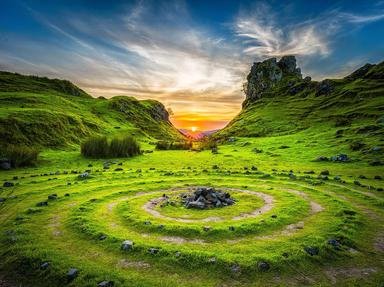Quiz Answer Key and Fun Facts
1. Which one of the following fabrics would NOT have been worn in the Victorian era?
2. In 2015, which Asian city served as the starting point of Solar Impulse 2 in its first circumnavigation of the Earth, using only solar power?
3. The U-boat was used to great effect by the Germans in both World Wars. What is the etymology behind the German translation of "U-boat"?
4. Shortly after Christmas in 1776 which British general confronted George Washington and his troops in a skirmish around what would become Princeton University?
5. Which of these is NOT one of the names given to spacecrafts in the Soviet Union's space exploration history?
6. Which 19th-century British prime minister gave his name to a style of leather portmanteau bag?
7. Found within the waters of Lake Texcoco, which of the following historical cities was located on an island?
8. The Cherokee Indian tribe of the south eastern United States grew various staple food crops that they called the "Three Sisters." Which of the following choices were these staples of the Cherokee diet?
9. In which year did the Hungarian uprising and the Suez Canal Crisis take place?
10. The Neolithic period witnessed the development of large-scale monument building. Which of the following structures is NOT Neolithic in origin?
Source: Author
FTBot
This quiz was reviewed by our editing team before going online.
Any errors found in FunTrivia content are routinely corrected through our feedback system.
